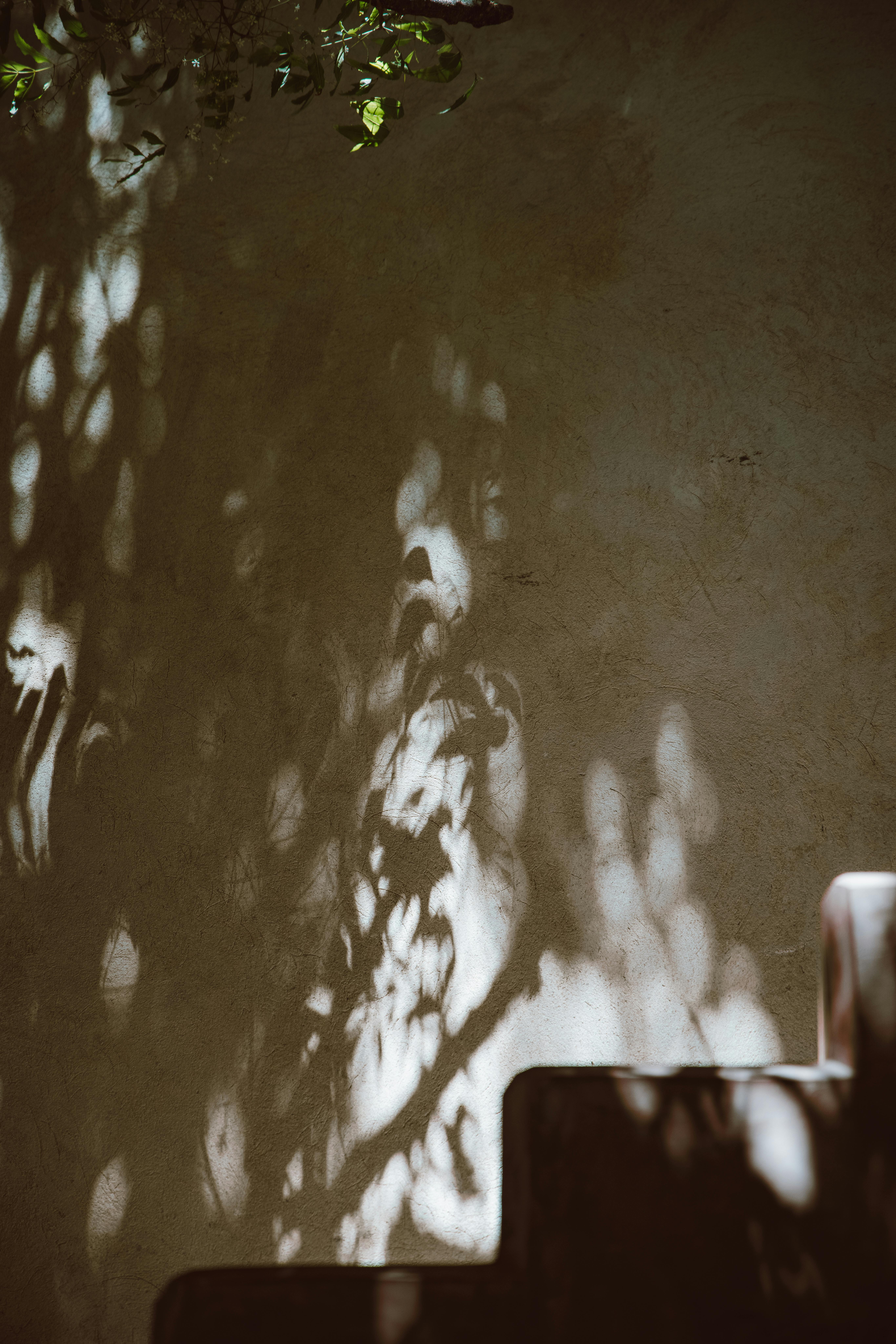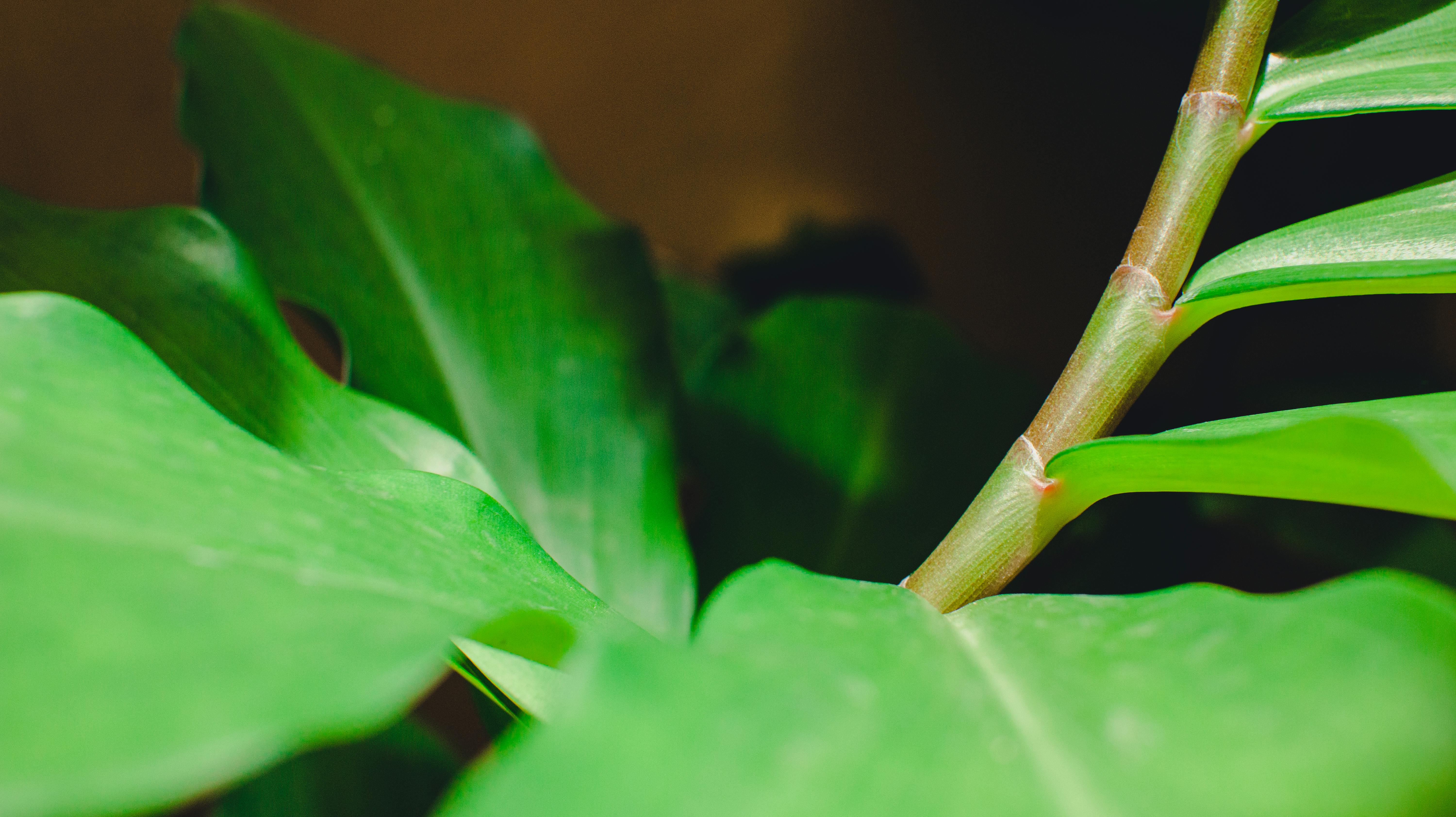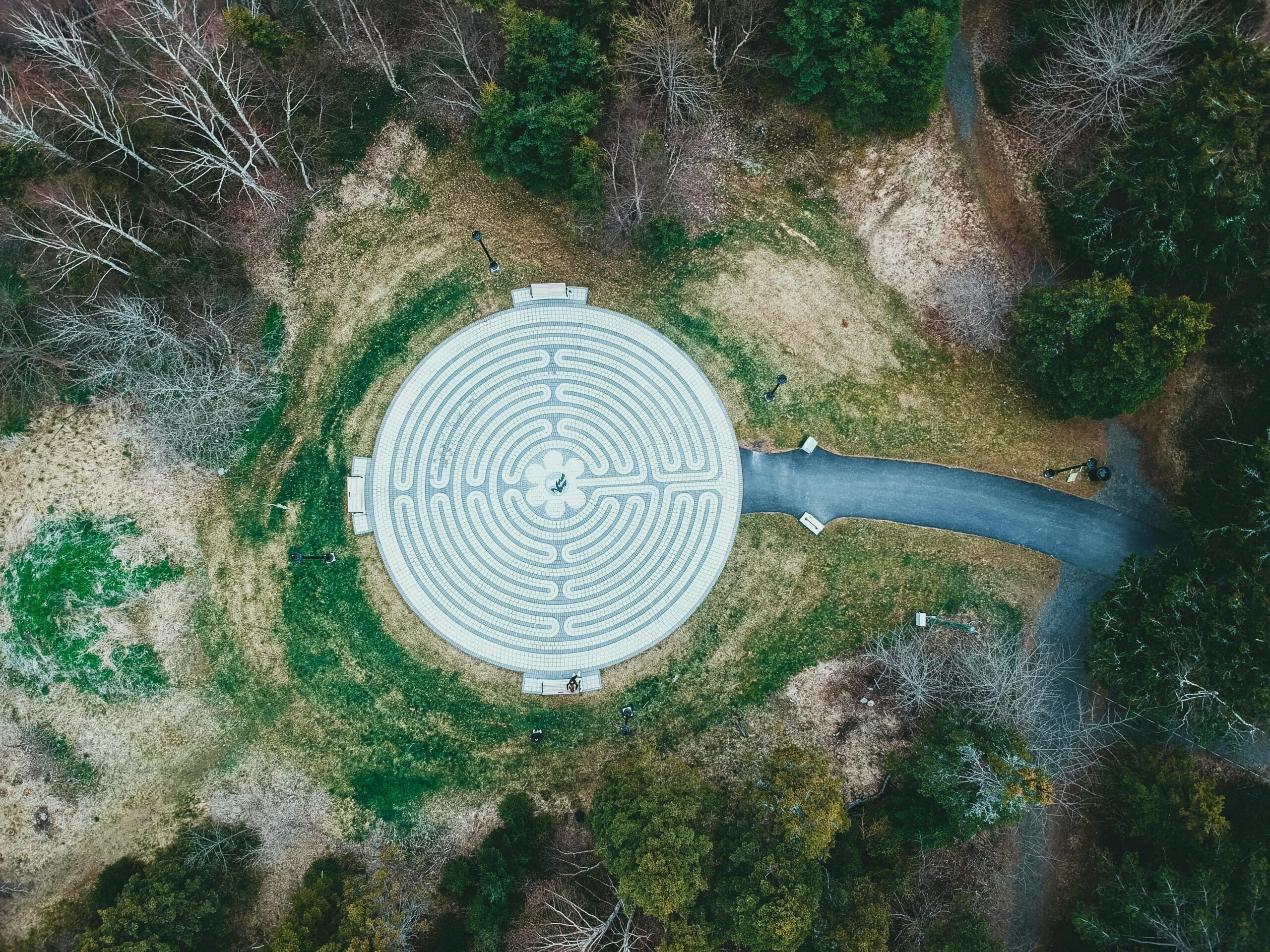Gestalten Garten: Tips for Crafting Your Dream Outdoor Space
Understanding the Basics of Garten Gestaltung
Garten Gestaltung, or garden design, involves the thoughtful arrangement of outdoor spaces to create an aesthetically pleasing environment that suits personal tastes and practical needs. The design can encompass elements such as plant selection, layout planning, and incorporating features like pathways and seating areas. As you embark on your journey to gestalten garten, it’s essential to evaluate factors like location, climate, and soil condition, as these will significantly influence your choices. Creating a harmonious balance between flora and hardscaping will lead to a more inviting and versatile outdoor area.
Choosing the Right Plants for Your Garten
When you begin to gestalten garten, selecting the right plants is essential. Consider the aesthetics you wish to achieve, whether that’s a lush, tropical look or a more minimalist garden. Annuals, perennials, shrubs, and trees play significant roles in defining your garden’s character. Take into account your region’s climate—opting for native plants can simplify maintenance and encourage local wildlife. Seek guidance from local nurseries or gardening clubs to learn which plants thrive in your area.

Incorporating Hardscaping Elements
Another vital aspect of gestalten garten is the inclusion of hardscaping features such as patios, walkways, and walls. These structures provide structure and organization within your garden, serving both functional and aesthetic purposes. For instance, using natural stone for pathways not only complements the organic beauty of plants but also enhances the overall visual appeal. Consider creating zones within your garden using these hardscaping elements to define spaces for entertainment, relaxation, or play areas.
Practical Examples of Garten Gestaltung
To effectively gestalten garten, practical examples can provide inspiration. For instance, a small urban garden can be designed with vertical planters, maximizing space while incorporating greenery. Alternatively, a large suburban backyard can benefit from creating distinct areas, such as a vegetable garden, flower beds, and a cozy seating area under an arbor. Such arrangements allow for functionality while still promoting relaxation and enjoyment.
Creative Features to Enhance Your Garten Design
Boosting the appeal of your garden can be achieved through creative features. Incorporating elements like water features, sculptures, or decorative borders can add character and charm. These unique accents not only draw the eye but can also create a sense of tranquility and connection to nature. When planning to gestalten garten, think about the overall mood you wish to evoke—these features can play a significant role in establishing that ambiance.
Using Water Features to Create Serenity
Utilizing a water feature such as a fountain, pond, or waterfall can profoundly impact your garden’s aesthetics and atmosphere. The gentle sounds of flowing water provide a calming effect, inviting relaxation and reflection. Additionally, water features can serve as focal points, enhancing the overall design. When considering placement, ensure it complements existing elements and provides a cohesive flow throughout the space.

Lighting Your Garden for Evening Enjoyment
Effective lighting can extend the use of your garden into the evening hours and creates an enchanting atmosphere. Consider solar-powered lights along pathways, uplighting for trees, or string lights for seating areas. The right lighting will not only make your garden safer at night but also highlight your design choices, making them stand out. Additionally, various lighting options can create mood changes throughout the evening, from soft, intimate settings to bright, festive gatherings.
Including Functional Elements
While beauty is crucial, functional elements in your gestalten garten should not be overlooked. For instance, including raised beds for vegetable gardening not only improves yield but also adds visual layers to your garden. Furthermore, practical seating options like benches or hammocks encourage the use of your outdoor space. Establishing a fire pit can serve as a central gathering point, enriching the social aspect of your garden. These considerations ensure your garden is a place of enjoyment and utility.
Maintenance Tips for a Vibrant Garten
Once you’ve invested time and resources into gestalten garten, maintaining it becomes essential for sustaining its beauty. Regular care routines, including watering, pruning, and fertilizing, will help your plants thrive. Additionally, employing mulch can combat weed growth and retain soil moisture. Understanding the specific needs of various plants will aid in implementing targeted care strategies that promote health and longevity.
Seasonal Care Routines
Adopting a seasonal approach to garden maintenance ensures that your plants receive the right care at optimal times. In spring, focus on planting and fertilizing, whereas summer should involve regular watering and deadheading to encourage blooming. Fall can be dedicated to harvesting and preparing plants for winter. Lastly, winter maintenance may involve protecting sensitive plants from frost and planning for the upcoming growing season. Each season brings unique tasks that contribute to a healthier garden.
Implementing Eco-Friendly Practices
As you gestalten garten, opting for eco-friendly practices can enhance sustainability. Using organic fertilizers, composting garden waste, and collecting rainwater for irrigation are excellent ways to reduce environmental impact. Moreover, implementing native plants can reduce water consumption and attract beneficial wildlife. By promoting biodiversity and minimizing chemical use, you design not only for beauty but also for ecological responsibility.
Key Takeaways
- Select plants that thrive in your local climate to ensure a sustainable garden.
- Incorporate hardscaping features to provide structure and enhance visual appeal.
- Employ creative elements like water features and lighting to elevate your garden experience.
- Develop a comprehensive maintenance plan that accounts for seasonal needs.
- Practice eco-friendly gardening techniques to foster sustainability and biodiversity.
FAQ
1. What are the best plants for a sustainable garden?
For a sustainable garden, native plants are often the best choice. They are naturally adapted to local conditions, require less water, and support local wildlife. Consider incorporating species that attract pollinators, such as bee balm or coneflower, into your design to promote biodiversity.
2. How can I create a cozy seating area in my garden?
To create a cozy seating area, choose comfortable outdoor furniture that encourages relaxation. Incorporate soft lighting options like string lights or lanterns, and add natural elements, such as planters or a small water feature, to create an inviting atmosphere. Cushions and blankets can enhance comfort, making your garden a perfect retreat.
3. What types of hardscaping are best for small gardens?
In small gardens, using vertical elements like trellises or planters can maximize space. Opt for lightweight materials for pathways, such as gravel or pavers, which can create a visually appealing design without overwhelming the area. Consider furniture that can double as storage to help keep the space functional.
4. How do I ensure my garden stays healthy long-term?
To maintain a healthy garden, regularly assess the needs of your plants through watering, fertilization, and pruning. Create a balanced ecosystem by attracting beneficial insects and minimizing pests with natural deterrents. Consistently monitoring soil health and adjusting practices will promote longevity.
5. What are some eco-friendly gardening practices?
Eco-friendly practices include composting kitchen scraps and garden waste, using organic fertilizers instead of chemical ones, and implementing mulching techniques to retain moisture. Collecting rainwater for irrigation and planting native species also contribute to a more sustainable garden environment.
